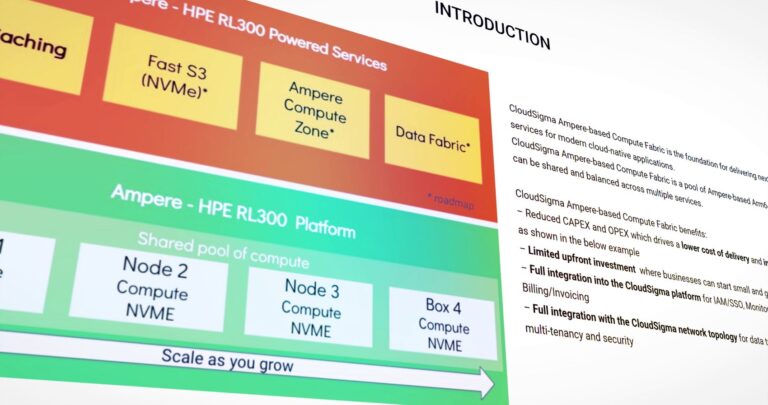If the last decade has taught us anything, it’s that organisations must be able to adapt and respond to disruption, in a timely whilst effective manner.
Amid rising costs, as a result of the energy and cost-of-living crisis, margins are being squeezed ever-tighter. Meanwhile, three quarters of UK businesses have been struck by a labour shortage, adding to the growing pressure to get more done with less.
In order to combat the challenges facing businesses today, digital transformation continues to be presented as a priority for businesses worldwide. Digitising processes increases productivity by delivering efficiency and creating capacity. Meanwhile, automating processes can vastly improve agility and recovery time.
Remaining competitive
Evolving customer demands have driven the demand for digitisation further. Even before the COVID-19 crisis, technology and consumer preferences for digital experiences were already changing – however, the lockdown experience accelerated this shift massively. Now, the coming of age of Gen-Zs is added to the equation. As customer care migrates online, organisations must adapt systems and ways of working to accommodate the move. On top of this, customers view their experience holistically. They expect a consistent, personalised, and quality experience regardless of touchpoint. This blurring of lines between digital and live interactions calls for more data integration by breaking down the functional and application silos.
Organisations that harness digital technologies faster than their competitors have a significant advantage over laggards in their sector. Indeed, research from Boston Consulting Group shows that digital leaders’ earnings increased 1.8 times higher than those falling behind. This demonstrates that those behind the curve are losing out on the benefits of productivity improvements, better customer experience and business model innovation, during an economic downturn.
The barriers to success So, if the pressure to digitally transform is such a priority in order to remain not only agile but competitive, why isn’t everyone making more progress? Unfortunately, research suggests the associated risks are significant – according to Boston Consulting Group, around 70% of transformations fail. The word ‘transformation’ implies massive change. In the business context, it suggests a wholesale change to processes, structures and capabilities. Then there are new ways of working, leading to staff upheaval, new systems, large investment and more.
The pressures on organisations to digitally transform, however, are not going to diminish. If being able to digitally transform is not an option, but the risks are high, how do you flip the odds in your favour? And how do you embark on the journey with confidence?
Small steps to long-term success
The answer: You need to think differently. Transformation is large-scale and organisation-wide – but digital can be applied at a smaller scale to deliver quick results. To identify where to start, think ‘digitisation’ — where you can apply technology to improve a process, that was done manually before.
It’s about turning ‘macro’ transformation into a series of ‘micro’ transformations.
Small changes make it possible to reduce costs and accelerate pace. How? By using technologies that can work with existing systems, avoiding the need for wholesale technology change.
Smaller change, managed in ‘the line of business,’ makes it easier to involve staff in the process. When you engage frontline staff, you build knowledge of the ‘art of the possible,’ identifying further opportunities for automation and improvement.
Intelligent Automation and focusing on digitising processes make the journey a great deal less overwhelming. And that success creates momentum — as you work iteratively to reduce risk. Then, as confidence, skills and knowledge grow, it becomes easier to see the way forward.
AI-powered low-code platforms, robotic process automation and omni-channel contact centre solutions make it possible to start small, deploy quickly and scale fast. These technologies bridge the gap between siloed legacy systems, providing significant opportunities for digitisation. Through these small but incremental changes, businesses can build agility and competitiveness in order to stay ahead in today’s challenging marketplace.
About the Author
Richard Higginbotham is Product Marketing Manager Intelligent Automation at Netcall. Netcall helps organisations radically improve customer experience through collaborative CX. A leading provider of low-code and customer engagement solutions, we enable customer-facing and IT talent to collaborate. By taking the pain out of big change projects, we help businesses to dramatically improve customer experience, while lowering costs. Over 600 organisations in financial services, insurance, local government and healthcare use the Netcall Liberty platform to make life easier for the people they serve.
Featured image: ©Adobe


